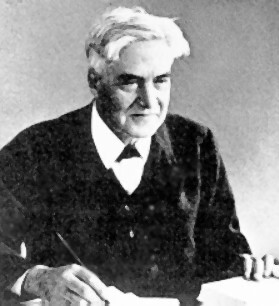- Robert T. A. Innes
Infobox Scientist
name = PAGENAME
box_width =
image_size =150px
caption = PAGENAME
birth_date =November 10 1861
birth_place =Edinburgh
death_date =March 13 1933
death_place =
residence = |citizenship =
nationality = Scottish
ethnicity =
field =astronomy
work_institutions =
alma_mater =
doctoral_advisor =
doctoral_students =
known_for =Proxima Centauri Great January Comet of 1910
author_abbrev_bot =|author_abbrev_zoo =
influences =
influenced =
prizes =
religion = |footnotes = |Robert Thorburn Ayton Innes (
November 10 1861 Edinburgh –March 13 1933 ) was a Scottish-South Africa nastronomer best known for discoveringProxima Centauri in 1915, and numerousbinary star s. He was also the first astronomer to have seen the Great January Comet of 1910, onJanuary 12 . He was the founding director of a meteorological station, which he converted to an astronomicalobservatory and renamed toUnion Observatory . He was the first Union Astronomer.A self-taught astronomer, he went to
Australia at an early age and made his living as a wine merchant inSydney , where, using a small telescope, he discovered severaldouble stars new to astronomy. He also published some papers on perturbations inMars ' andVenus ' orbits.Despite having had no formal training in astronomy, he was invited to the
Cape by Sir David Gill in 1894 and appointed to the Cape observatory in 1896. In 1903 he took up the position of Director of the new Meteorological Observatory inJohannesburg . He acquired the observatory's first telescope, a 9-inch refractor, in 1906, and was appointed first Union Astronomer in 1912. TheUniversity of Leyden awarded him ahonoris causa doctorate in 1923. He retired in 1927.Innes tirelessly campaigned for foreign investment in South Africa's astronomy infrastructure - he believed that its clear skies were ideally suited for astronomical observation. He discovered some 1600 new pairs of double stars, had a great interest in stellar
proper motion s and devoted much time to the study ofJupiter 's satellites.Honors
The following features have been named for him:
* Innes crater on theMoon .
* Theasteroid 1658 Innes .
Wikimedia Foundation. 2010.
